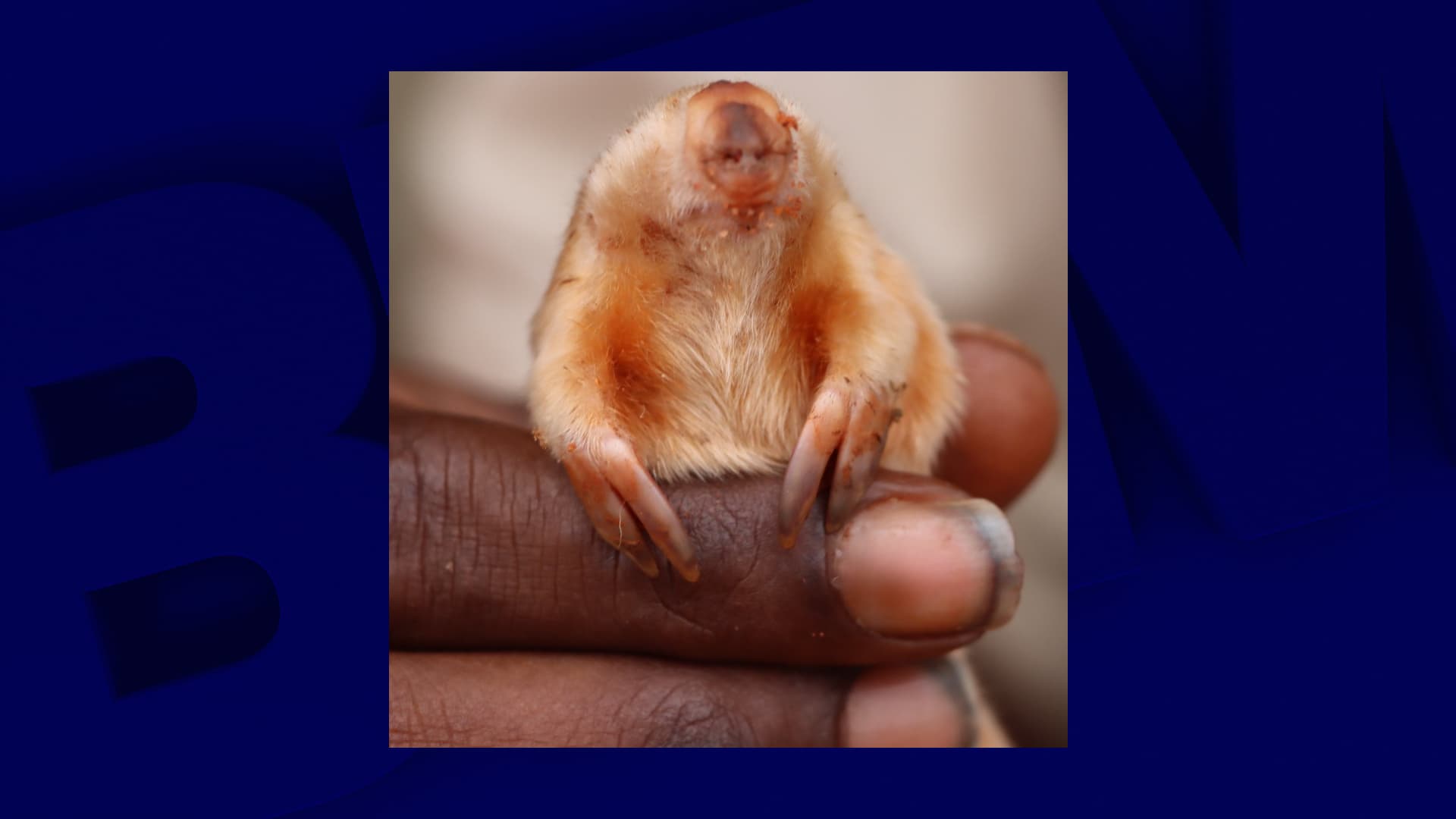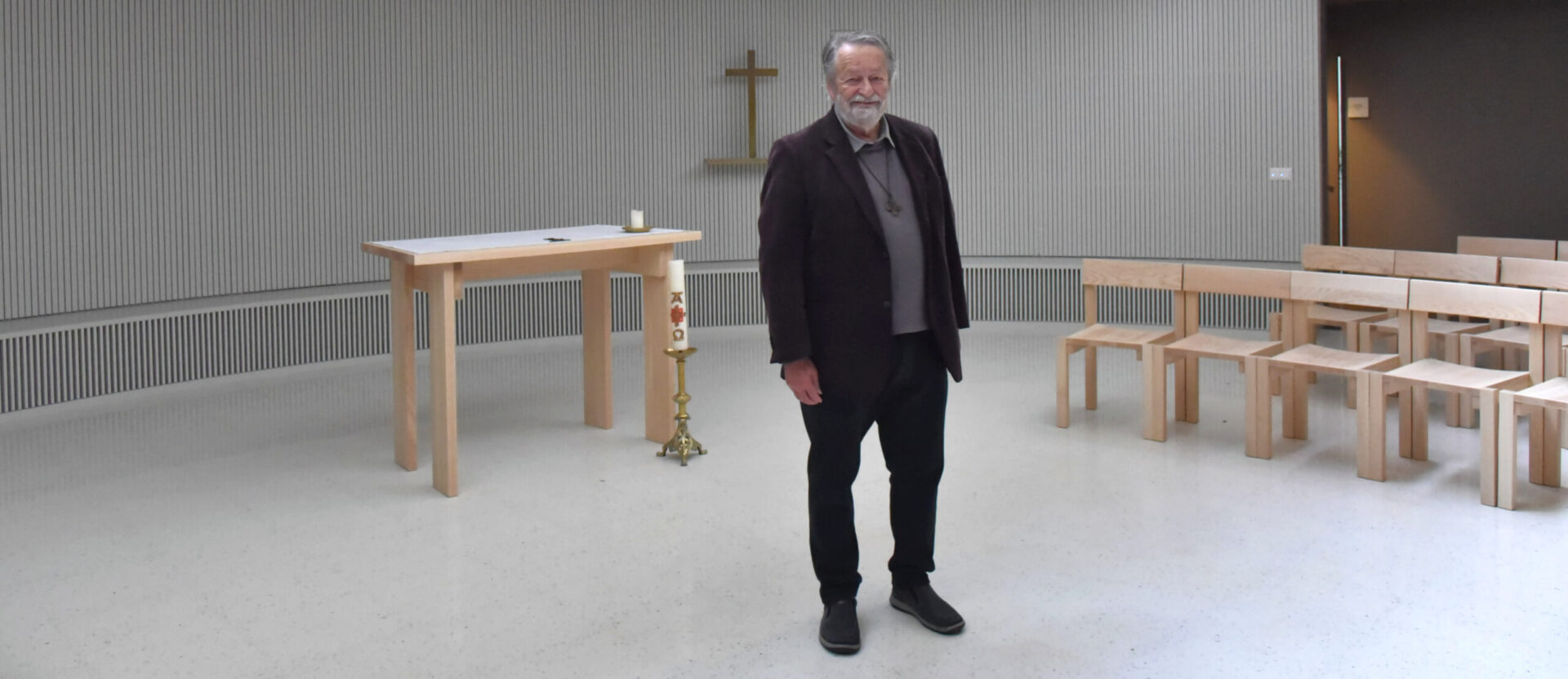A spectacular polar storm that hit a part of the country did not question the global trend of atmospheric warming. There are even links between these types of events and climate change.
As a result of human activities, the planet is warming, including winter. However, the United States has experienced severe winter storms in recent years, leading experts to look more closely at the link between these extreme cold episodes and climate change. First, they point out that these single episodes do not call global temperature rise into question. “Global warming reduces both the intensity and frequency of cold waves. However, summer heat waves do not decrease as quickly as they increase in intensity and frequency. In fact, larger cold periods are always possible.”Climatologist Robert Vaudert explained in France Info a few days ago.
>> in pictures. America buried by historic blizzard Elliott, which killed at least 53 people across the country
While such a comparison may seem counter-intuitive, experts explain that certain connections between the two phenomena have been clearly identified. Others, on the other hand, are still debated by the scientific community. Because if the link between global warming and heat waves is more straightforward, the behavior of winter storms is governed by complex atmospheric dynamics that are more difficult to study. however, “There are certain aspects of winter storms (…) the link to climate change is very strong”AFP Michael Mann, a climatologist at the University of Pennsylvania, said.
Ten times the “lake effect”
Warming of bodies of water, such as lakes or oceans, for example, affects the amount of snow that falls. In the United States, a mechanism known as the “lake effect” occurs specifically around the Great Lakes region along the Canadian border. The city of Buffalo was particularly affected by Hurricane Elliott in this area.
Convection occurs when cold air from the north collides with the warm water of these lakes, leading to snowfall. “The warmer temperatures of these lakes, the more moisture in the air and the possibility of snow from the lake effect.Michael Mann elaborates in a text published in 2018. Unsurprisingly, we see a long-term increase in lake-effect snowfall as temperatures have warmed over the past century.”
Questions on Polar Vortex Perturbations
On the other hand, other mechanisms such as the effect of climate change on the polar vortex and jet stream are not subject to consensus. The polar vortex is a mass of air above the North Pole, located high in the stratosphere (we live in the troposphere, and the stratosphere is located above it).
It is surrounded by a rotating gyre, which acts as a barrier between the cold northerly winds and the milder southerly winds. But as the polar vortex weakens, this air wave begins to waver and take on a more oval shape, bringing colder air further south. According to a 2021 study, this type of disruption occurs frequently, and reverberates through the next two weeks in the atmosphere where the jet stream is located.
This west-to-east wind current, again following the boundary between cold and warm air, then bends to allow cold air from the north to penetrate lower latitudes, particularly in the eastern United States. “Everyone agrees that severe winter storms are more likely if the polar vortex is disrupted.”The study’s lead author and climatologist for Atmospheric and Environmental Research (AER) AFP Judah Cohen explains.
“An active debate within the scientific community”
The heart of the debate lies elsewhere. What causes this increased disturbance of the polar vortex? ? According to Judah Cohen, they are linked to changes in the Arctic accelerated by climate change. On the one hand the speed of melting of sea ice and on the other the increase of snow cover in Siberia. “This is a subject I have studied for over 15 years Over the years, I’m more confident in this bond now than I’ve ever been.”he told AFP.
However, this last point remains “An active debate within the scientific community”Michael Mann insists. “Climate models still do not capture all the underlying physics relevant to how climate change affects jet stream behavior.” Future studies are still needed in the coming years to unravel the mystery of these complex chain reactions.

“Certified food fanatic. Extreme internet guru. Gamer. Evil beeraholic. Zombie ninja. Problem solver. Unapologetic alcohol lover.”







More Stories
A very rare blind golden mole is found in the north of the country
A young Englishman discovers the remains of the largest marine reptile in history
Fly to Australia with countless special experiences